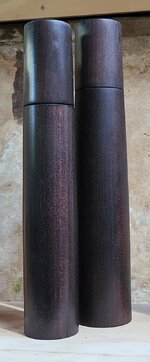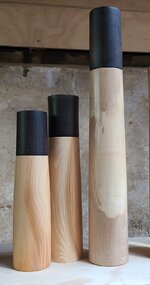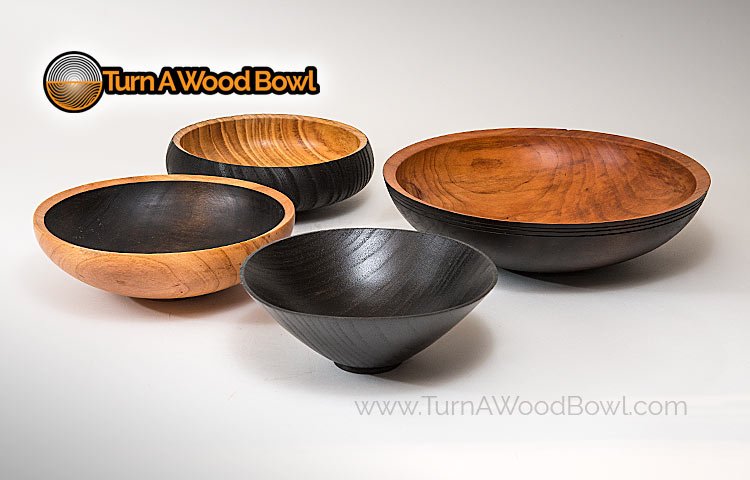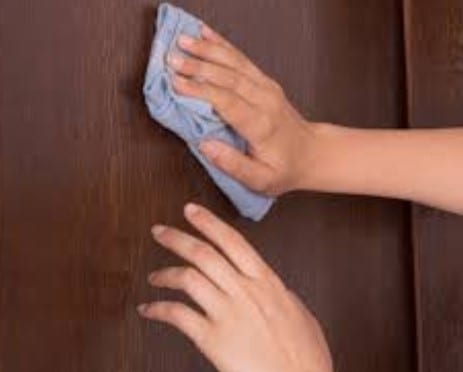Stuart Robertson
Member
In my recent posts re swamp kauri there was a brief discussion comparing big oak and swamp kauri colouring and how the lack of,or low level of tannin in kauri prevented it blackening in the swamp after thousands of years. Oak on the other hand is high in tannin and iron is a very commonly occurring element in the environment.
Attached are some items artificially darkened with iron acetate. A locally grown evergreen beech species is the blackened wood andalso combined with yew and sycamore.
Attached are some items artificially darkened with iron acetate. A locally grown evergreen beech species is the blackened wood andalso combined with yew and sycamore.






